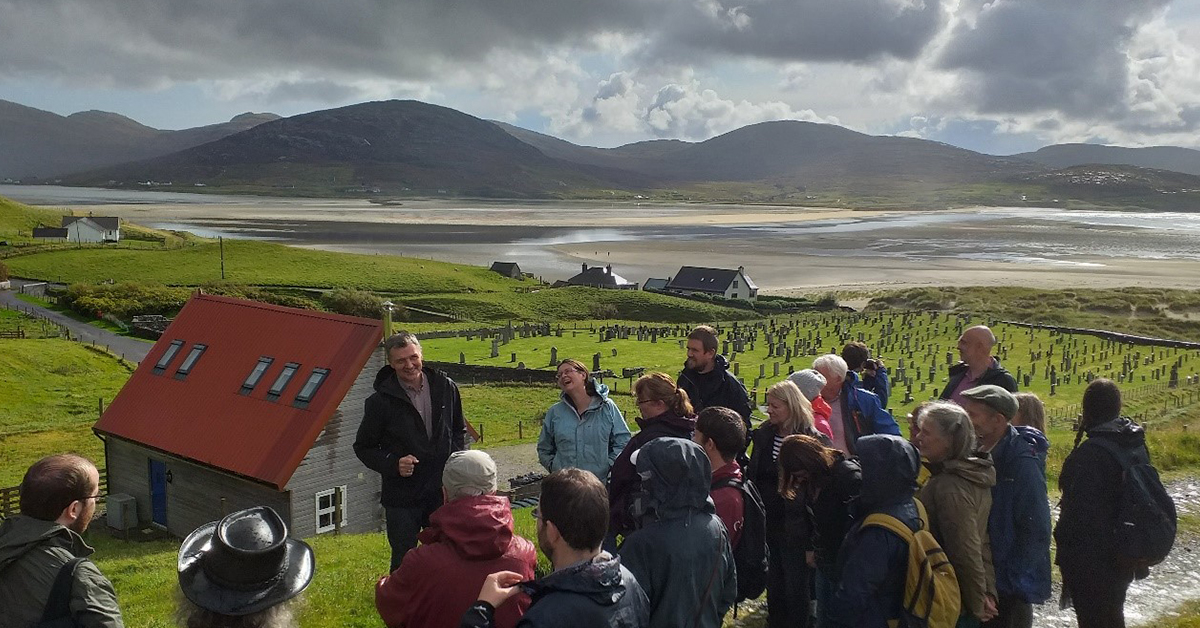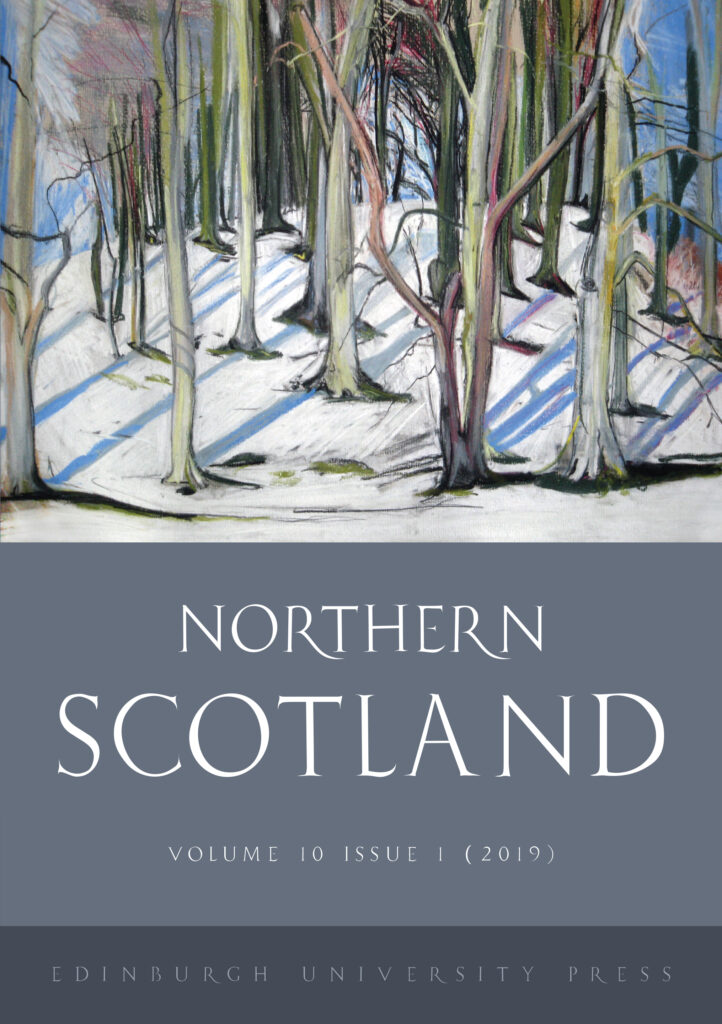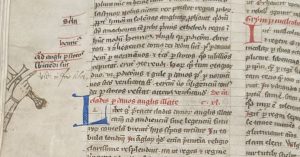
By Ewen Cameron
I was delighted to publish Freshness, Freedom, and Peace?: Land Settlement in Scotland after the Great War in Northern Scotland, 2nd series, 11.2 (2020), 161–75. This was a special issue arising from a stimulating conference held at Balallan Schoolhouse in the Isle of Lewis in September 2019. We had gathered there to mark the centenary of the Land Settlement (Scotland) Act of 1919.
The venue for the conference was significant as it was where some of the planning of the Pairc Deer Forest Raid of 1887, an important event of the Land War of the 1880s had taken place. Many of the same people had been in the room at an earlier conference in the same location in 2012 for a conference which marked the 125th anniversary of the Pairc Raid, the proceedings of which were published by the Islands Book Trust.
At both conferences the academic content of the papers was complemented by contributions from people involved in the continued struggle over the land question in Scotland (see The Pairc Trust and Storas Uibhist). On both occasions we enjoyed enlivening field trips, in 2019 to hear about the activities of the North Harris Community Trust, one of the key members of Community Land Scotland.
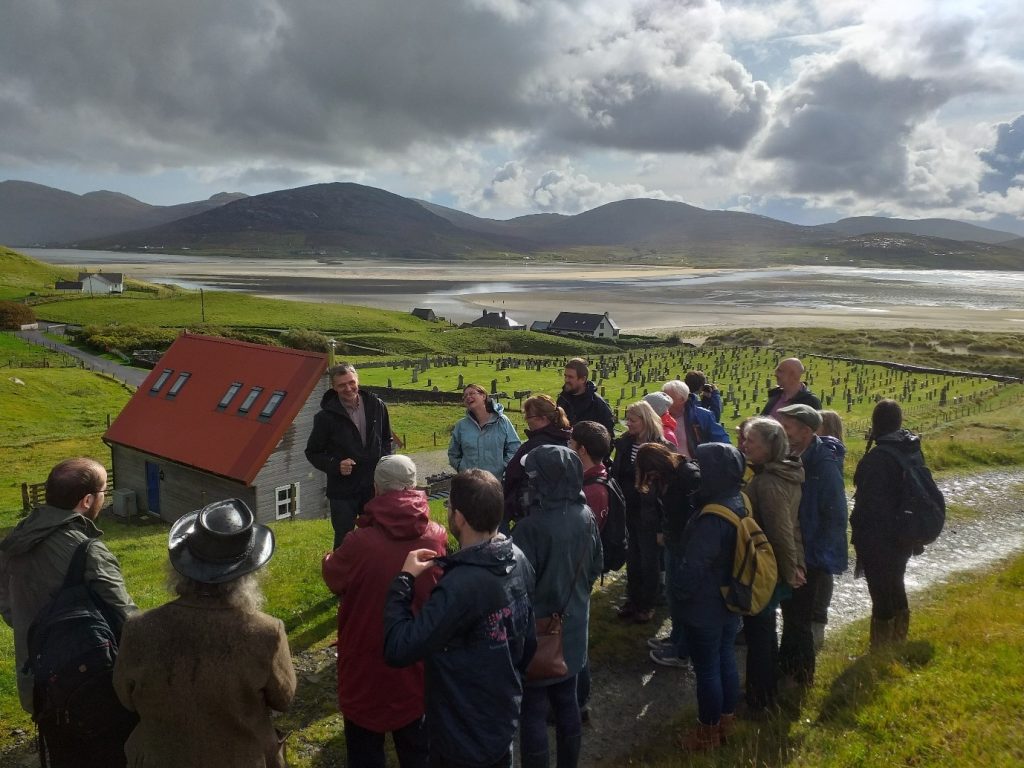
These were inspiring events for me because the topics allowed me to revisit the subject of my earnest Glasgow PhD research on ‘Government, Politics and the Land Question in Scotland’ in the late nineteenth and early twentieth century, which I completed in 1992 and was later published as Land for the People.
This project was very personal for me because my parents came from crofting communities in Lochaber and Skye and my maternal grandfather had been involved in protests on the land question in Skye in 1910. My supervisor, Allan Macinnes (from the slate-quarrying village of Ballachulish), kept me honest by making sure that I did not entertain too many romantic notions about the crofting community. Writing about such subjects in the late 1980s and early 1990s was of enormous historical interest to me but this was a period in which the idea that there might be a Scottish Parliament capable of passing land legislation (as was done in 2003 and 2016) was fanciful. The Conservatives had won the 1987 election and had set their face against devolution, although before they left office in 1997 they did make a very interesting, but ineffective, attempt to interest the communities on the state-owned crofting estates in the idea of community ownership through the Transfer of Crofting Estates Act.
James Hunter has described this as the ‘first land-reforming legislation of the modern era’. It was quickly followed by the 1997 general election which brought Labour into power, committed to a Scottish Parliament and to Land Reform. The Scottish Parliament has passed two land reform acts, in 2003 and 2016, the merits and otherwise of which have been hotly debated, but it is striking that land reform is back on the agenda in Scottish politics in a way that was difficult to envisage when I started my PhD work in Glasgow in 1989.
The 1919 Land Settlement (Scotland) Act, the centenary of which we marked at Balallan in 2019, was a key moment in the long debate over Scottish land reform. It was the most effective piece of land reform up to that point, arguably, even, at any point. It gave the Board of Agriculture for Scotland the power to nationalise land, not only in the Highlands but throughout Scotland, and many thousands of acres were brought into public ownership as a result. The 2019 conference was important for bringing this Act back into view. It was unfortunate that its significance had been elided, even forgotten, in the devolved debates on land reform.
My article tried to explore the wider context of the 1919 Act and to set it alongside some of the other things that were going on in Scottish politics in the immediate aftermath of the Great War. Other papers at the conference looked at local case studies of the effect of the act and other still looked at the international comparative context, as many societies throughout the empire considered ways to grant land to servicemen who had fought in the war. My grandfather, John Ross, who was such a soldier, was fortunate in having achieved that objective before his wartime service on the Western Front and Gallipoli.
It was also a great pleasure to publish again in Northern Scotland, in which I had published one of my first academic articles in 1994. I felt very closely associated with the journal as I had encountered some of those pivotal in the establishment of Northern Scotland – notably Donald J. Withrington and John S. Smith – during my undergraduate studies in Aberdeen in the 1980s. The journal has done much to publish work on the Highland land question and land reform more generally. It is fitting that is now published by EUP, which also produces the exciting Scotland’s Land series.
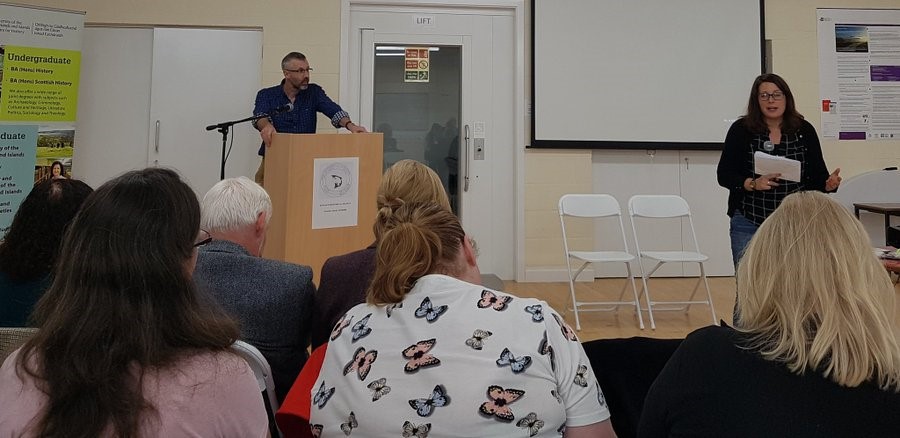
Professor Ewen A. Cameron is the Sir William Fraser Professor of Scottish History and Head of the School of History, Classics and Archaeology at the University of Edinburgh. He is the author of many works about the highland land question and Impaled Upon A Thistle: Scotland since 1880 (EUP, 2010). He is currently editor of the Journal of Scottish Historical Studies.
Northern Scotland is a cross-disciplinary publication which addresses historical, cultural, economic, political and geographical themes relating to the Highlands and Islands and the north-east of Scotland.


